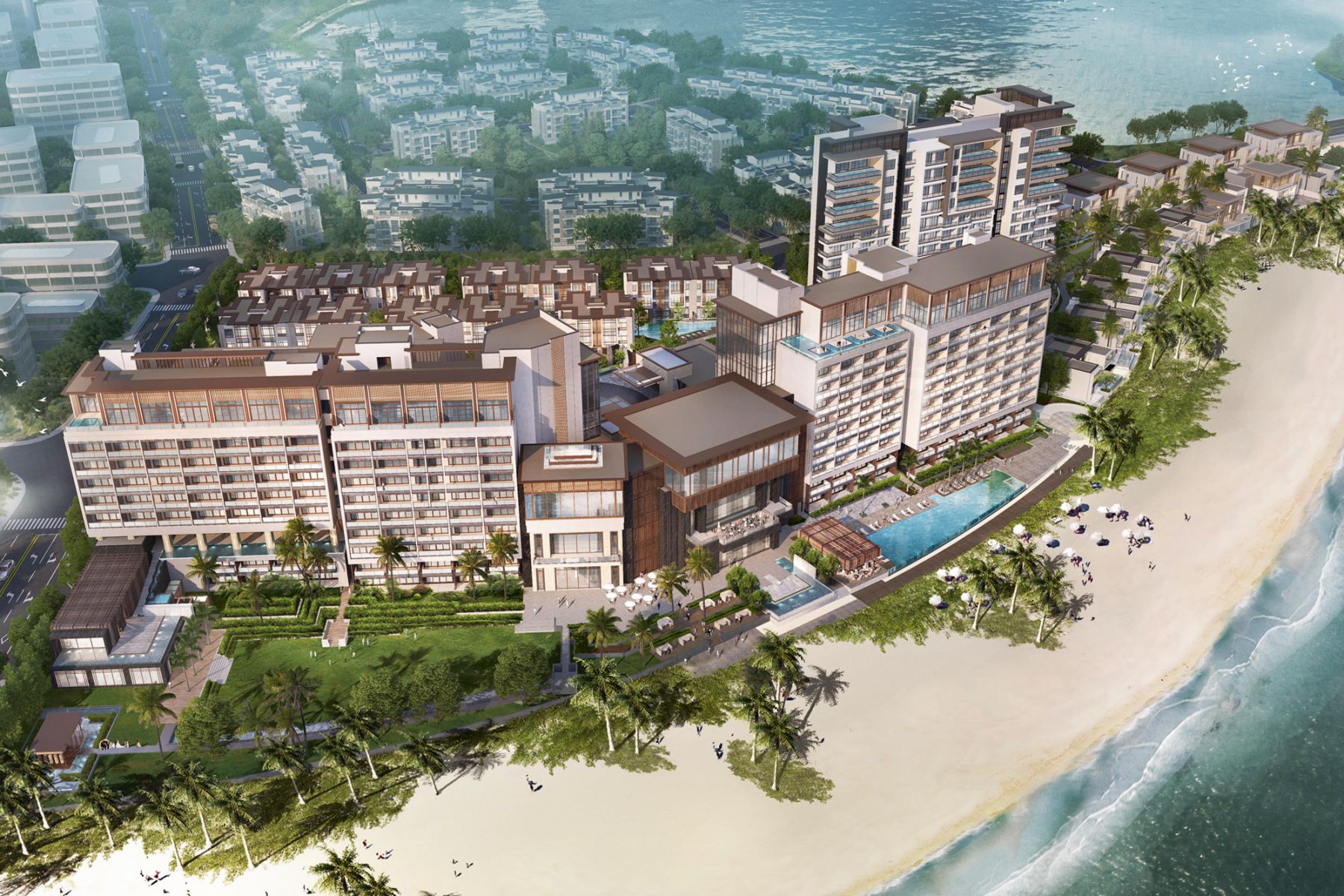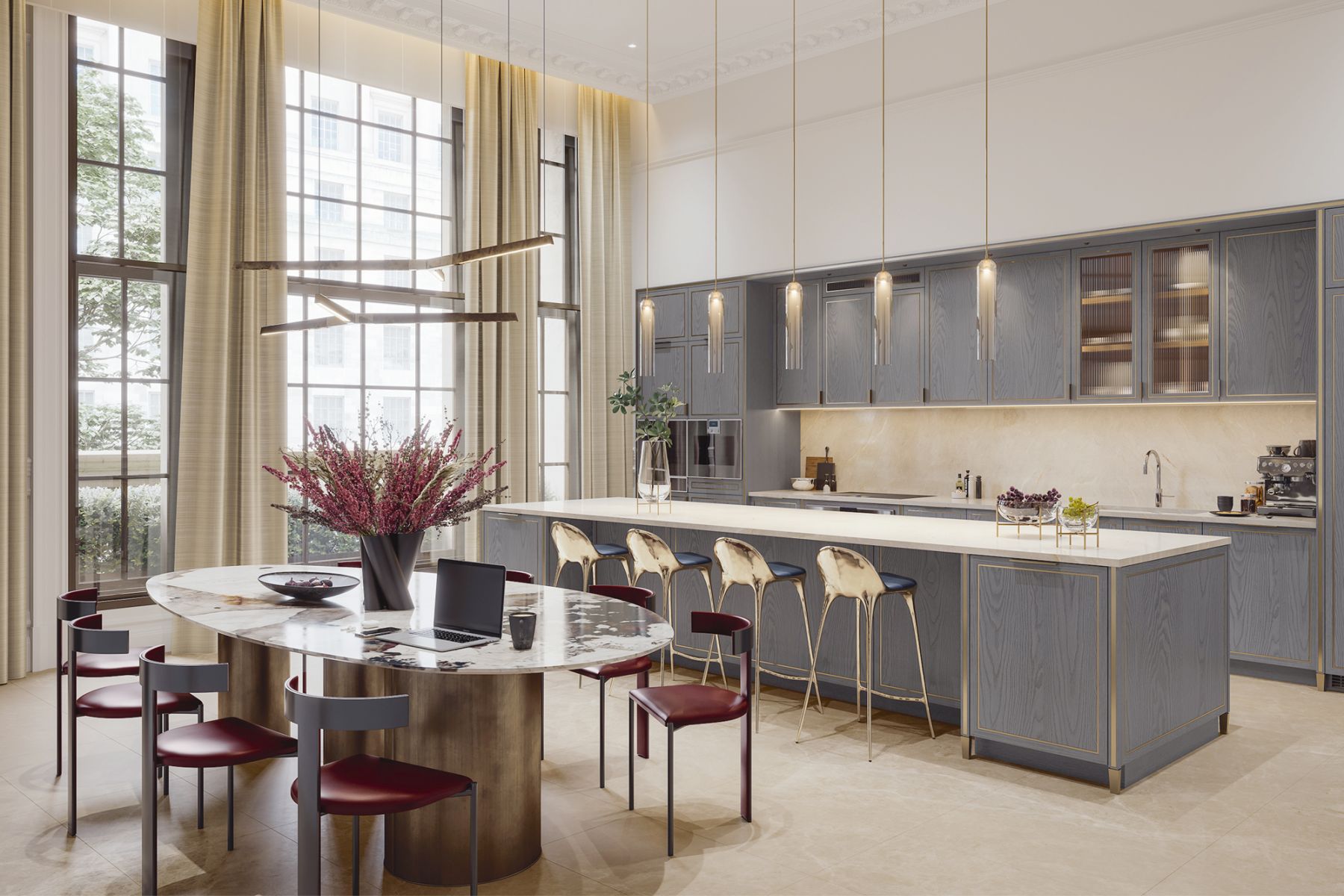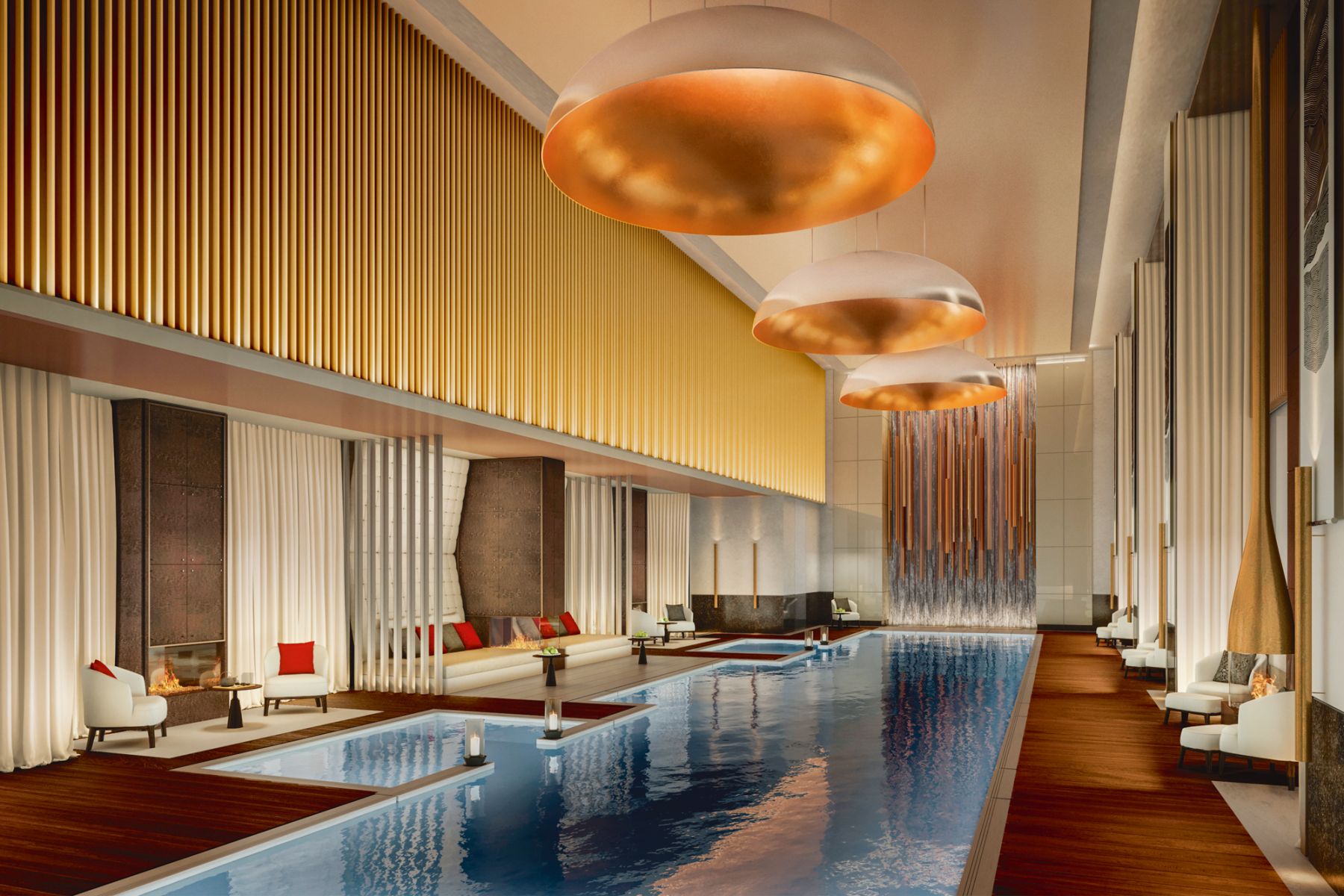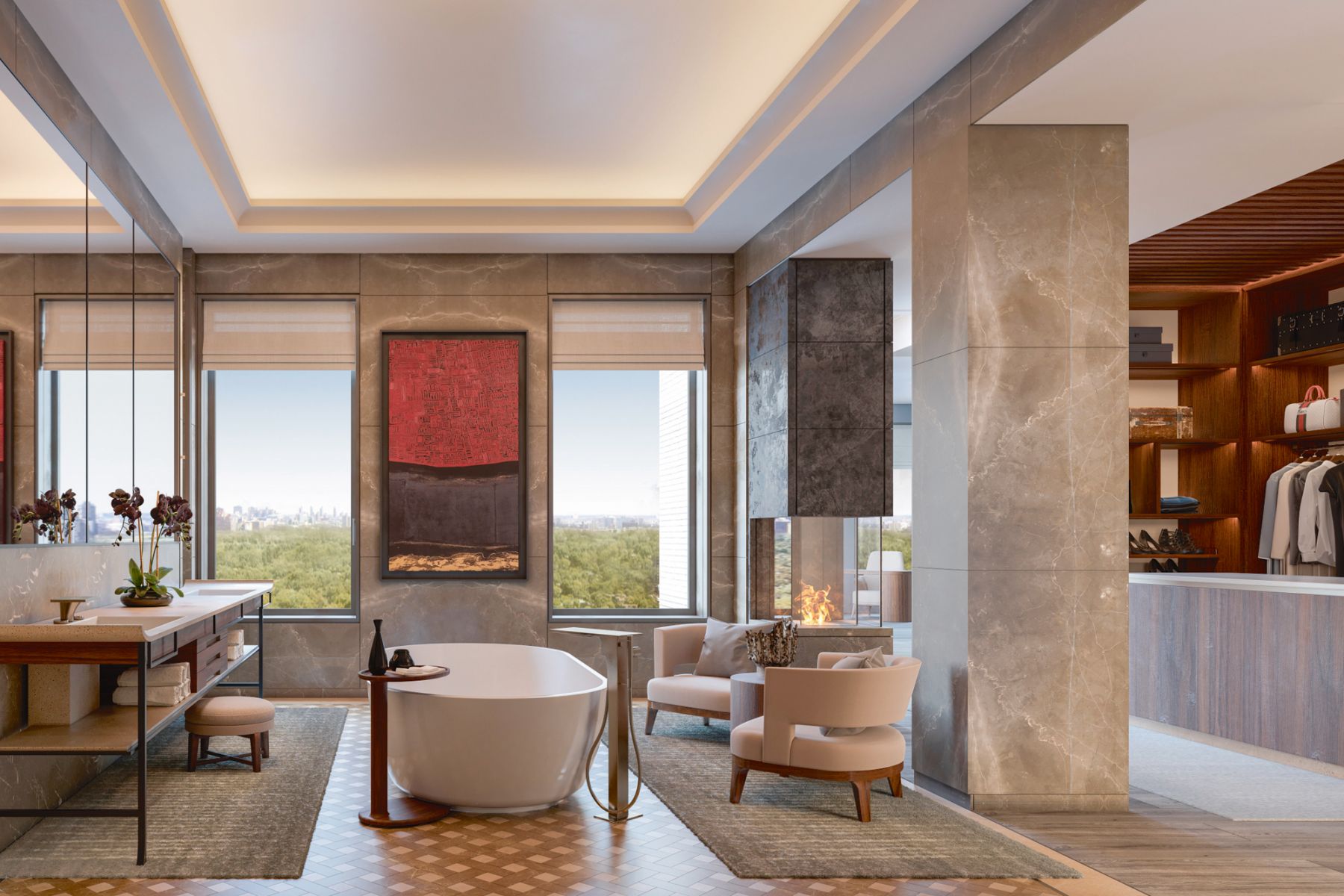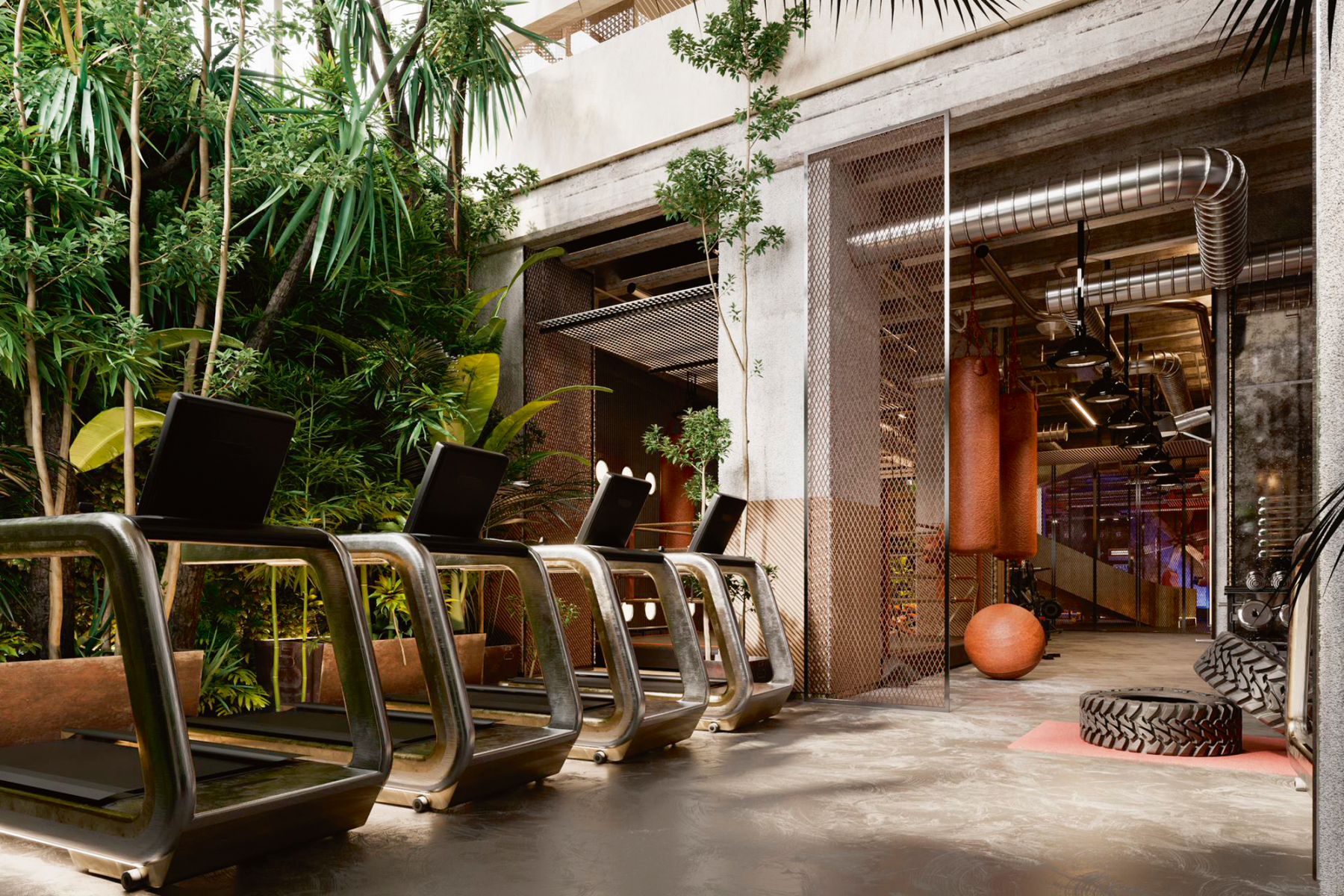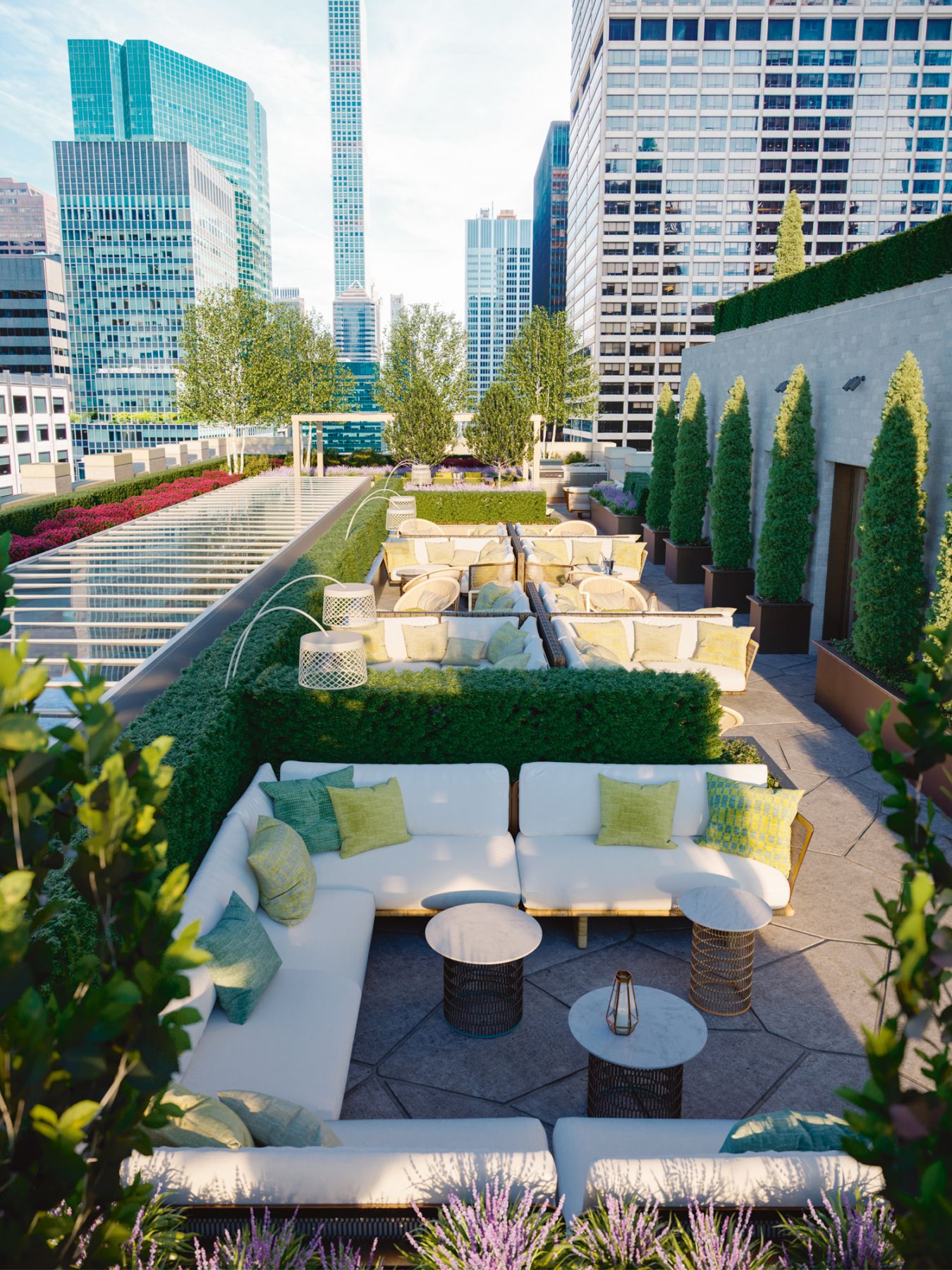Incorporating the services and ambience of a luxury hotel, branded residential developments are drawing keen interest from digital nomads and property investors alike
The concept of “home” has undoubtedly evolved during the Covid-19 pandemic, with the traditional lines demarcating our abodes, workplaces and holiday destinations blurring as the popularity of remote working looks set to stay. For digital nomads able to work from almost anywhere in the world, this has created a definite shift in where they choose to reside.
“Our hotels are seeing increased bookings for villas or residences, and for longer stays,” says Vanessa Grout, head of global residences and club at Aman Resorts. “As travel remains complex and safety continues to be front of mind for our guests, the ability to offer these more private options—including the Aman Private Jet—has been of interest to our guests.”
Enter branded residences, which fulfil all the new requirements that have popped up in buyers’ list of criteria for privacy, wellness and safety, while providing a space that their users can work comfortably in.
See Also: Aman Hotels Is Expanding Its Empire—Owner Vladislav Doronin Shares Why and How
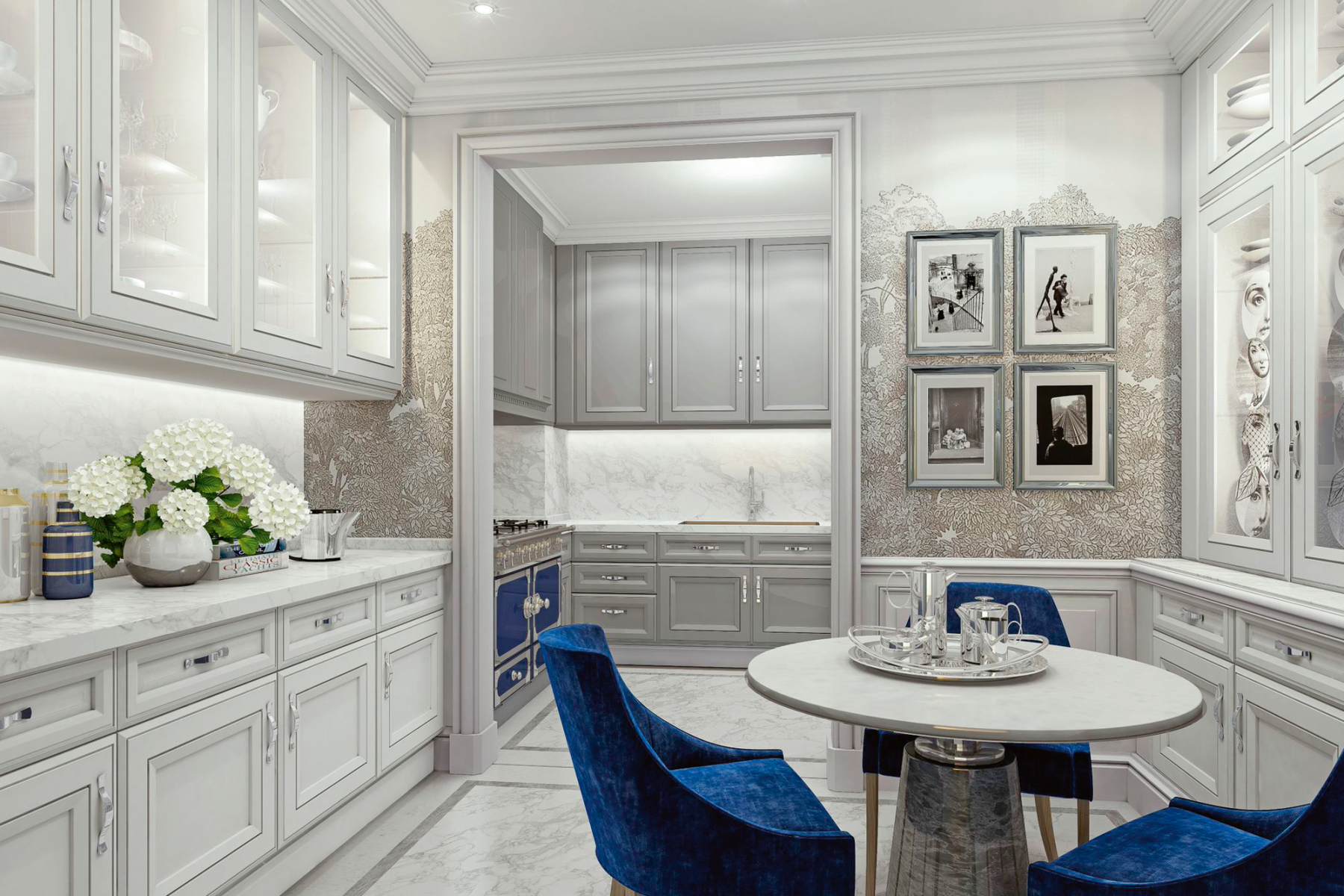
Branded residences are not new. In fact, they have been around since 1927, when the 38-storey Sherry-Netherland apartment hotel opened in Manhattan, New York. However, the concept did not really pick up until the 1980s and the latest report by global real estate agency Savills indicates that the market has seen the most growth in the past decade.
“The last 10 years have seen an increase of 170 per cent in the branded residences market and the addition of more than 52,000 units across 370 schemes. Despite the current global situation, 2020 saw more than 100 new schemes opening,” says Michael Roberts, director of hotels at Savills Asia Pacific.
See Also: 5 Property Trends Shaping Our Search For New Homes in 2021

